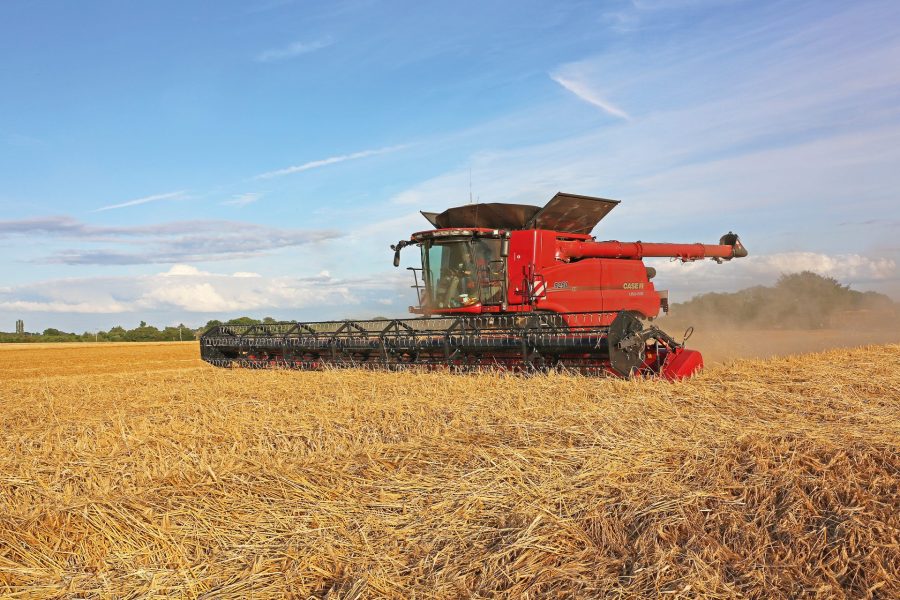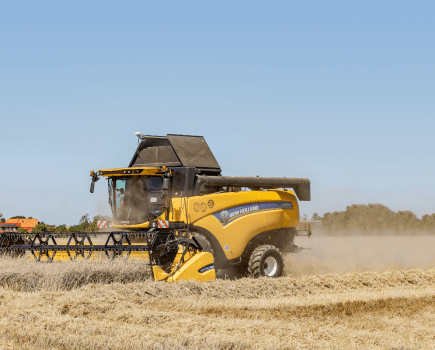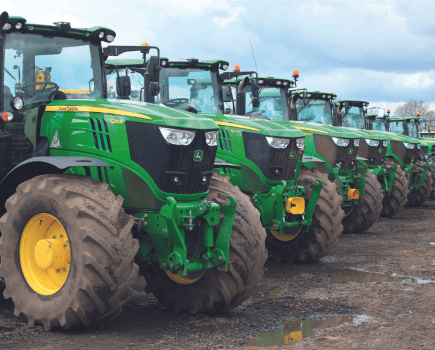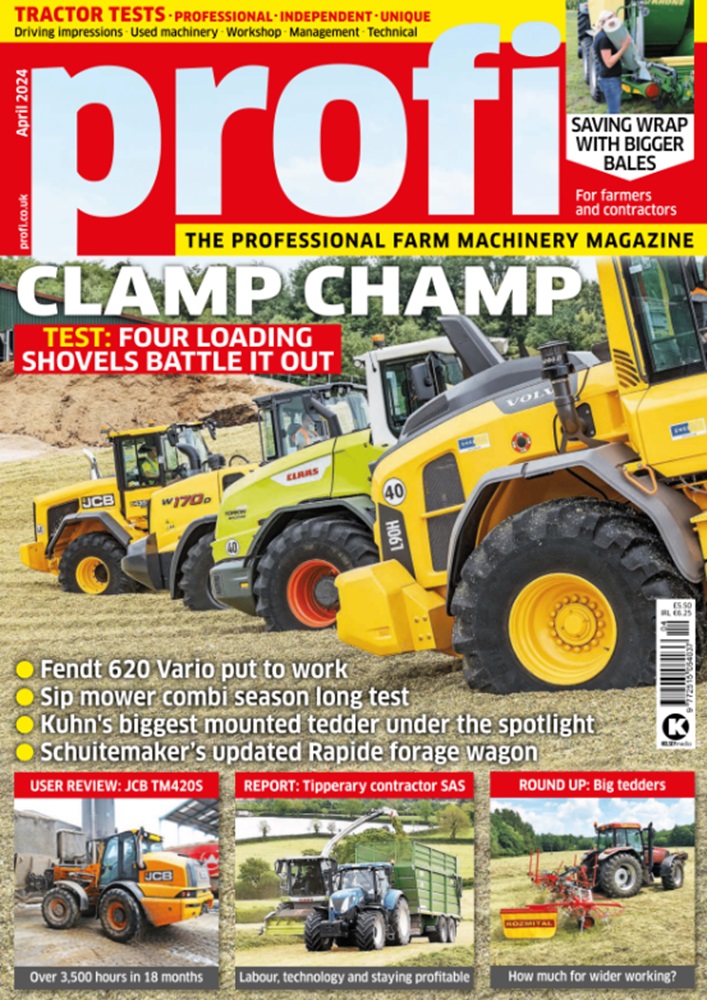REPORT: The latest flagship Case IH Axial-Flow 9250 has now been available for five seasons. We visited a Suffolk farm with 15 years of Axial-Flow experience to see how a recently-delivered 9250 has performed during its first. season and how it differs from the 9240 that it replaced.
When East Anglian farming business David Black & Son took delivery of a new Axial-Flow 9250 for the 2023 harvest it became the fourth in a succession of flagship Case IH rotary combines to be operated by the farm over the past 15 years. The farm looks after 1,375ha (3,400 acres) of generally heavy clay soils, and the combine is relied upon to clear a substantial area of winter wheat, winter and spring barley, and oilseed rape, with 325ha (800 acres) of sugar beet making up the balance.
Although Case IH has been the tractor brand of choice since the late 1990s, when red ousted Ford and New Holland blue, until 15 years ago combines were exclusively Claas and had been since the mid-1960s. In 1985 four Dominator 80/85s were replaced with three Dominator 106s, and three became two in 1998 when a Lexion 460 replaced two 106s. Further consolidation to a single combine, a semi-rotary Claas Lexion 480 with a 7.50m (25ft) header, was realised in 2003. Although a very successful machine, in 2008 it was replaced with a Case IH Axial-Flow 9010 with a 9.15m (30ft) 2050 header.
“We had only ever operated Claas combines in the past, all the way from Matadors throughto a Lexion 480, and we had been happy with them,” explains arable manager, Roger Steed. “But the Axial-Flow offered more costeffective capacity, better operator comfort, which was a big factor, and a cleaner sample, especially in oilseed rape. But it was the excellent support that we already received from Ernest Doe Power for our Case IH tractors which really gave us the confidence to go with it.”
Although modern Axial-Flow combines are acknowledged as being kinder on straw than earlier versions, the shift from the Lexion’s APS hybrid threshing and separation system to the fully-rotary Case IH design naturally had an impact on the straw. The vast majority of the farm’s straw is baled, including a good proportion for a sister company’s pig rearing enterprise, so this was also a consideration.
For more up-to-date farming news click here and subscribe now to profi and save 47%.






